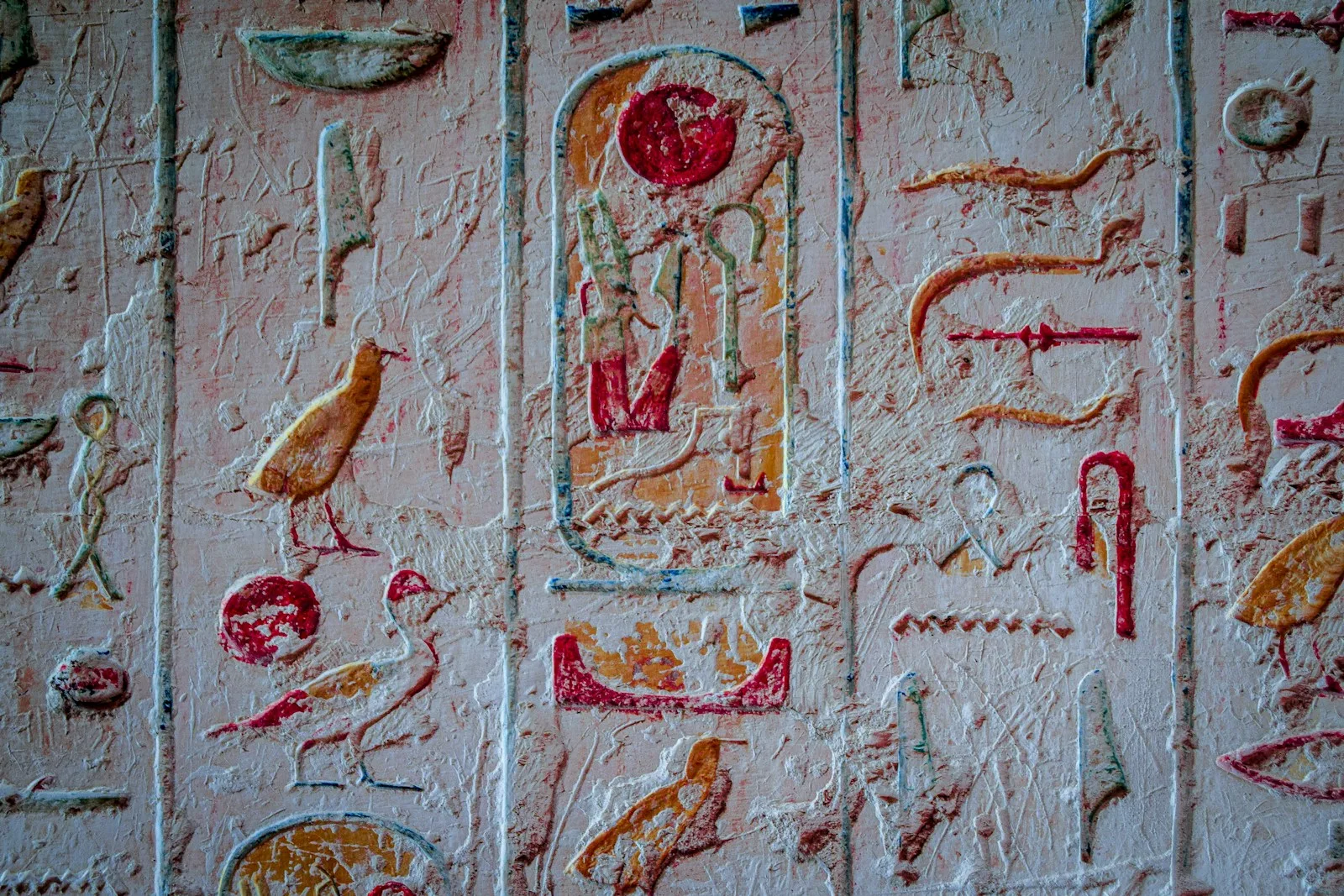
Table of Contents
For centuries the mysterious life of Cleopatra VII, the last king of the Ptolemaic Kingdom of Egypt, has fascinated historians and history buffs. Her final resting place, however, remains one of history’s most intriguing mysteries.
Despite much investigation and archaeological work, Cleopatra’s tomb remains a mystery to us. Here are seven fascinating details we now know about Cleopatra’s mysterious tomb.
1. Cleopatra & Mark Antony’s Final Resting Place

It is believed that Cleopatra and Mark Antony, her Roman lover, were buried together. Based on ancient writings such as Suetonius and Plutarch, it holds that Octavian (later Augustus) allowed them to be buried together after his death in 30 BC.
The gruesome end of their lives, frequently idealized in literature and film, is the basis for the idea of a shared funeral.
His tomb was described as grand and fit for a king or queen, perhaps built to symbolize his position and the dramatic end of his existence. However, the exact site is still a mystery, encouraging speculation and ongoing archaeologist investigations (ref).
2. Ancient Descriptions of the Tomb

Writings left by ancient writers indicate that the tomb was an impressive construction. Plutarch’s mention of it being close to the Temple of Isis indicates how important and magnificent it was.
It was reported that the tomb was filled with valuables, including gold, silver, and objects representing Cleopatra’s opulence and authority.
Because of these reports, scholars have focused on the regions of Alexandria, Cleopatra’s capital. However, efforts to pinpoint its exact location have been hampered by millennia of shifting terrain and buildings.
3. The Potential Location in Alexandria

Many experts speculate that the tomb is near Alexandria, Cleopatra’s capital. Historical documents and archaeological finds that point to important areas near the royal quarters or the temple of Taposiris Magna as possible candidates support this idea.
Another popular attraction is the underwater ruins of ancient Alexandria, which were submerged by earthquakes and tsunamis. Both land and sea have been explored, and important underwater excavations have revealed more about the old city, although the tomb has yet to be found.
4. The Taposiris Magna Temple Theory

The most famous is the idea that Cleopatra’s tomb is in the temple of Taposiris Magna, about thirty miles west of Alexandria. Dr. Kathleen Martinez and other archaeologists have been working at the site for years, finding buildings and artifacts that suggest royal burials.
Coins and statues depicting Cleopatra have been found in Taposiris Magna, indicating her influence. Although the site has yielded several notable discoveries, conclusive evidence of the tomb itself has yet to be found (ref).
5. Challenges in Locating the Tomb

There are many obstacles in the way of discovering Cleopatra’s tomb. One of the biggest is how the landscape of Alexandria has changed over two millennia. Reconciling historical accounts with contemporary locations is challenging due to earthquakes, tsunamis, and the development of modern Alexandria on the surrounding land.
Moreover, bureaucratic hurdles and political uncertainty hamper archaeological work from time to time. The allure of one of history’s greatest mysteries keeps the quest going despite these odds.
6. Recent Excavations & Discoveries

There have been remarkable discoveries and doubling efforts in recent years. Portions of Cleopatra’s palace and other royal monuments in the underwater city of Alexandria have been unearthed by underwater archaeologists under the direction of Frank Godio. These quests provide background information and hints, but they have not yet reached the tomb. (source)
Successful excavations of the land have also produced tunnels, tombs and artefacts in an important burial ground, notably at Taposiris Magna.
7. The Ongoing Mystery

Cleopatra’s tomb remains unknown despite extensive excavations, maintaining its reputation as one of archaeology’s most enduring mysteries. With each new technological and methodological development, there is hope that the mausoleum will eventually be found and provide new details about Cleopatra’s life and the period in which she lived.
Both academics and the general public are enthralled by this mystery, which guarantees that the search for Cleopatra’s tomb will remain an interesting and motivating activity. The allure of buried wealth, contemporary technology, and historical intrigue all make the story of Cleopatra’s Tomb fascinating.
The search for Cleopatra’s tomb continues to have global fascination. The combination of historical narrative, archaeological hints and hidden treasures guarantees that the search will continue, preserving Cleopatra’s legacy the annals of history.
Don’t Miss: These Gems Solved a Himalayan Mystery
READ ALSO | 13 Skunk Facts That Aren’t So Gross


1 thought on “The Mystery of Cleopatra’s Tomb: 7 Unknown Facts”